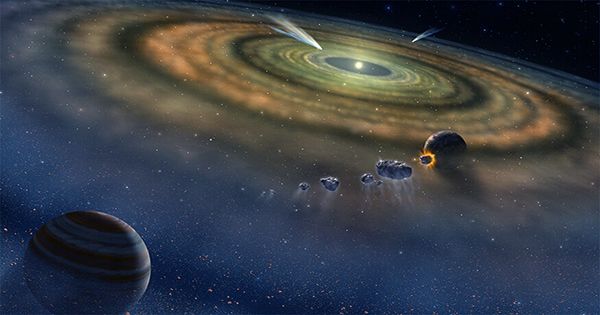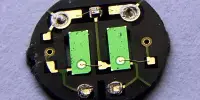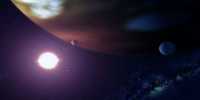The TOI-561 star, one of the oldest on the Milky Way and astronomers have now announced the discovery of three planets, making it the oldest known planetary system. The age estimate puts it about 10 billion years old (twice our own) which means it could drop to 7 or 13 in the true first years of the galaxy. The three planets are super-Earth, larger than our planet and heavier, the nearest (TOI-561 b) with a radius of 45 percent from Earth’s own. This exoplanet is rocky and three times heavier than our own planet, but it has almost the same density. It’s very interesting.
Older rocky planets are less dense than more recent objects of the same size, because so much heavier material was not available when they were created. This fact is consistent with age estimates for these stars. The system is very old. University of Hawaii postdoctoral fellow and team lead Dr Lauren Weiss said in a statement, “TOI-561b is one of the oldest rocky planets ever discovered.” “Its existence shows that the universe has been forming rocky planets since its inception about 14 billion years ago.”
The second planet in the system is much larger and heavier, and is thought to have a rocky core and a larger gaseous atmosphere. The third planet is slightly smaller than the second, but researchers have not been able to estimate its mass and have acquired other properties for it. Planets are less likely to conduct life based on the proximity of their star. The nearest orbit is TOI-561 in less than half a day and the farthest orbit in 16 days. They added a huge catalog of planetary material that began to be discovered around the stars of the Milky Way, and this discovery tells us that rocky planets have been around for a very long time.
The discovery was made possible thanks to NASA’s Transiting Exoplanet survey satellite and detailed observations from the WM, the Hawaiian Cake Observatory. The system is located 280 light-years from Earth in the celestial region known as the dense disk, a location rich in the population of old stars. These stars contain less heavy elements like iron and magnesium which are important for making planets. The discovery was adopted for publication in the Astronomical Journal and was practically presented at the 237th meeting of the American Astronomical Society.















